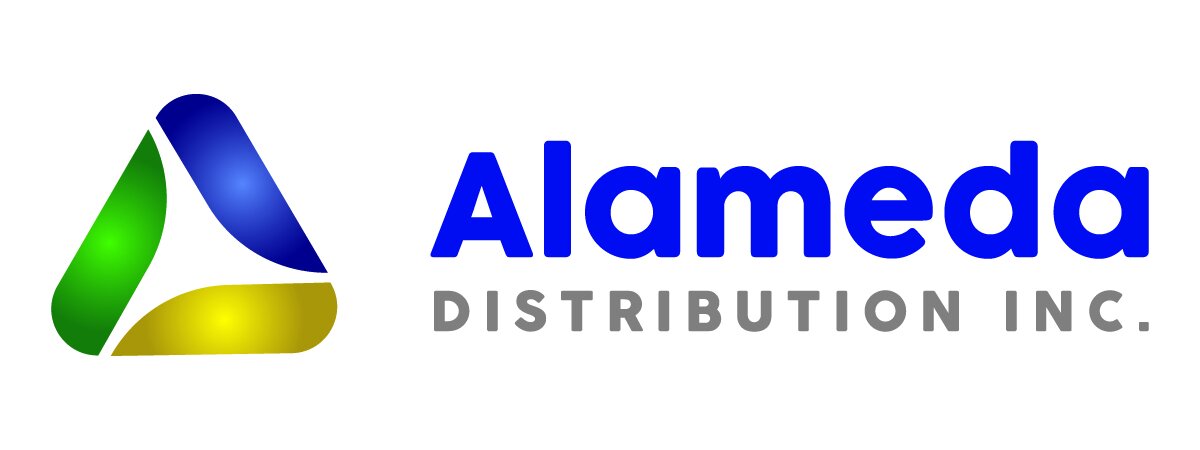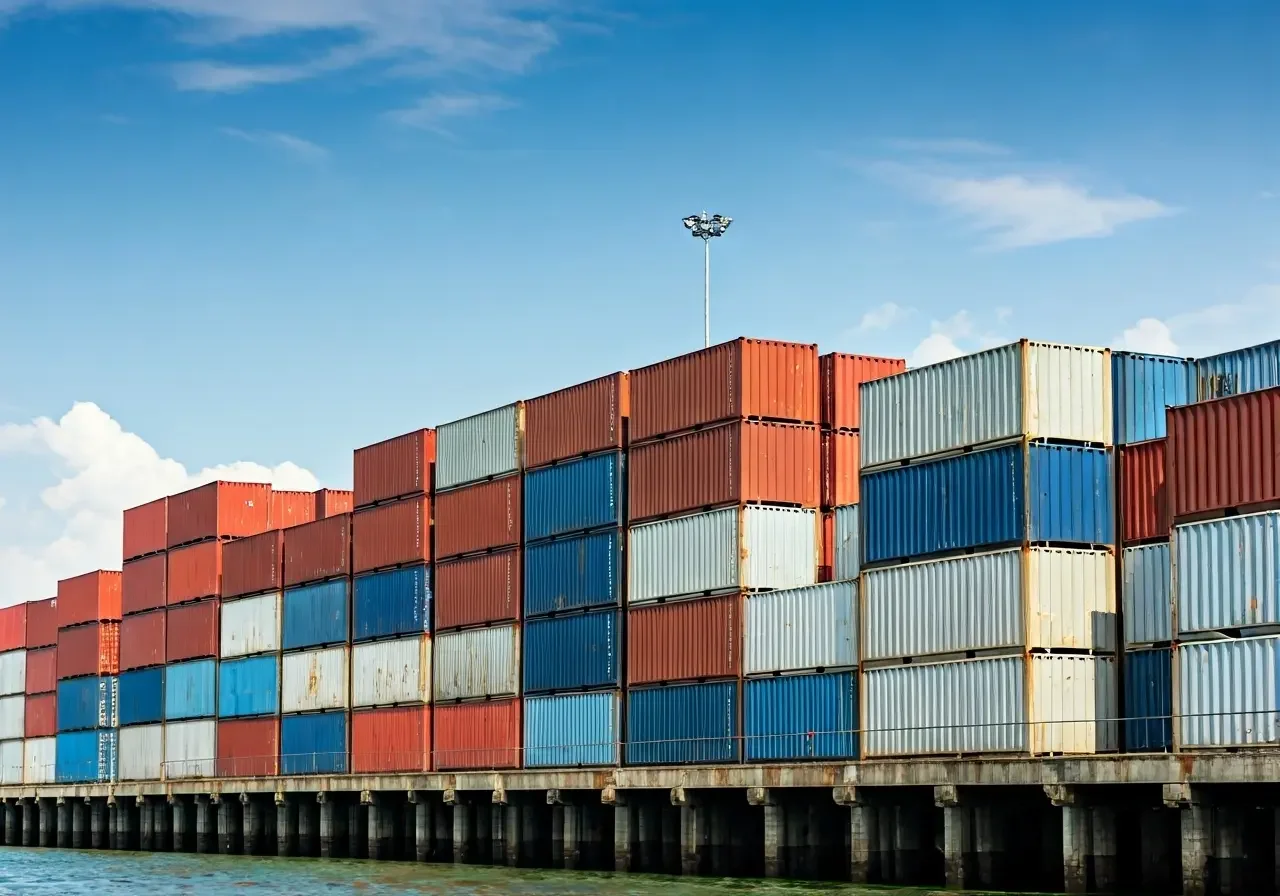Drayage Companies: Unlocking the Secrets to Cost-Effective Logistics
In the bustling world of logistics, drayage companies play a crucial role in ensuring goods are moved efficiently and cost-effectively. But what exactly is drayage, and how can these companies help businesses streamline their operations? In this blog, we'll delve into the world of drayage, exploring its importance and uncovering strategies for achieving cost-effective logistics.
Understanding Drayage and Its Importance
Drayage involves the transportation of goods over short distances, typically as part of a longer overall move. It's a critical link in the supply chain, responsible for moving products from ports to distribution centers or warehouses. By understanding its importance, companies can better plan for efficient logistics solutions.
The essence of drayage lies in its ability to bridge the gap between large-scale transportation methods and smaller, more localized deliveries. This transition is crucial for maintaining the flow of goods, particularly in bustling port cities where the movement of containers is constant. In these scenarios, drayage acts as the final step in ensuring that goods reach their ultimate destination, whether that's on store shelves or in consumers' hands. Effectively managing this stage of logistics can significantly impact the overall efficiency of supply chains.
Moreover, the role of drayage has expanded beyond traditional boundaries. In today's globalized economy, drayage companies not only transport goods but also provide value-added services that enhance the efficiency of the supply chain. This includes container stuffing and unstopping, customs clearance assistance, and even strategic warehousing solutions. Such services ensure that drayage is not merely about moving things from point A to point B, but instead about optimizing the entire shipping process to meet the dynamic demands of commerce.
Key Factors Influencing Drayage Costs
Several factors can affect the cost of drayage, including fuel prices, distance, load size, and port congestion. Understanding these variables can help companies negotiate better rates and optimize their logistics strategies.
One of the most impactful variables in drayage cost is port congestion. Ports, often overburdened by the sheer volume of containers, can create bottlenecks that delay delivery schedules and inflate costs. To navigate this, companies can utilize real-time data analytics to predict and circumvent congestion zones, ultimately ensuring a smoother transition of goods. Additionally, by collaborating with ports, operations can be streamlined to minimize delays, further enhancing cost-effectiveness.
Another critical component influencing drayage costs is load size and the specialization of equipment required for specific freight. Certain goods demand particular handling and loading mechanisms, which can increase costs. Therefore, it's prudent to assess and engage with drayage companies that offer the necessary capabilities and services tailored to specific needs. By aligning the load requirements with the right equipment and expertise, businesses can better manage expenses and improve efficiency in logistics.
The Role of Technology in Drayage Optimization
Technology is becoming increasingly crucial in optimizing drayage operations. From GPS tracking systems to automated scheduling, leveraging the right technology can reduce costs and improve the efficiency of moving goods.
One of the most exciting advancements is the adoption of GPS tracking, which has revolutionized the way drayage operations monitor and manage fleets. Through real-time tracking, companies can effectively plan routes that avoid congestion and reduce fuel consumption, leading to shorter transit times and lower emissions. This not only enhances operational efficiency but also supports sustainability initiatives within the logistics sector.
Moreover, automated scheduling systems have transformed the coordination of drayage tasks. These platforms enable precise scheduling of pickups and deliveries, minimizing idle times and ensuring optimal utilization of resources. By integrating such technology with existing logistics software, companies can achieve seamless communication across the supply chain, reducing errors and improving reliability. The result is a more cohesive operation that can better respond to the dynamic nature of modern logistics demands.
Choosing the Right Drayage Company
Selecting a reliable drayage partner is essential for cost-effective logistics. Factors such as experience, reliability, and technology adoption should be considered when choosing a drayage company to ensure seamless transportation services.
When deciding which drayage company to partner with, businesses should consider the provider's track record for reliability. Companies with proven expertise and a history of successful partnerships are more likely to deliver consistent, high-quality service. Testimonials and case studies can be invaluable resources for assessing a provider's capability and ensuring they can meet specific logistical needs. This due diligence helps businesses align with partners who share their operational goals and standards.
Additionally, it's important to evaluate a drayage company's technology adoption. In a rapidly evolving industry, drayage providers that invest in cutting-edge technology are better positioned to offer efficient and cost-effective solutions. Whether through enhanced tracking capabilities, automated scheduling, or data-driven decision-making tools, technology use signifies a commitment to improving the operational aspects of logistics. Therefore, a collaborative approach that includes regular technology audits and updates can be a key factor in maintaining a competitive edge in the logistics market.
Embracing Cost-Effective Drayage Solutions
Understanding the role that drayage companies play in logistics can transform the way businesses handle the transportation of goods. By leveraging technology, choosing the right partners, and implementing smart practices, companies can unlock significant savings and efficiency. As the logistics landscape continues to evolve, drayage will remain a key component in achieving seamless and cost-effective operations.

